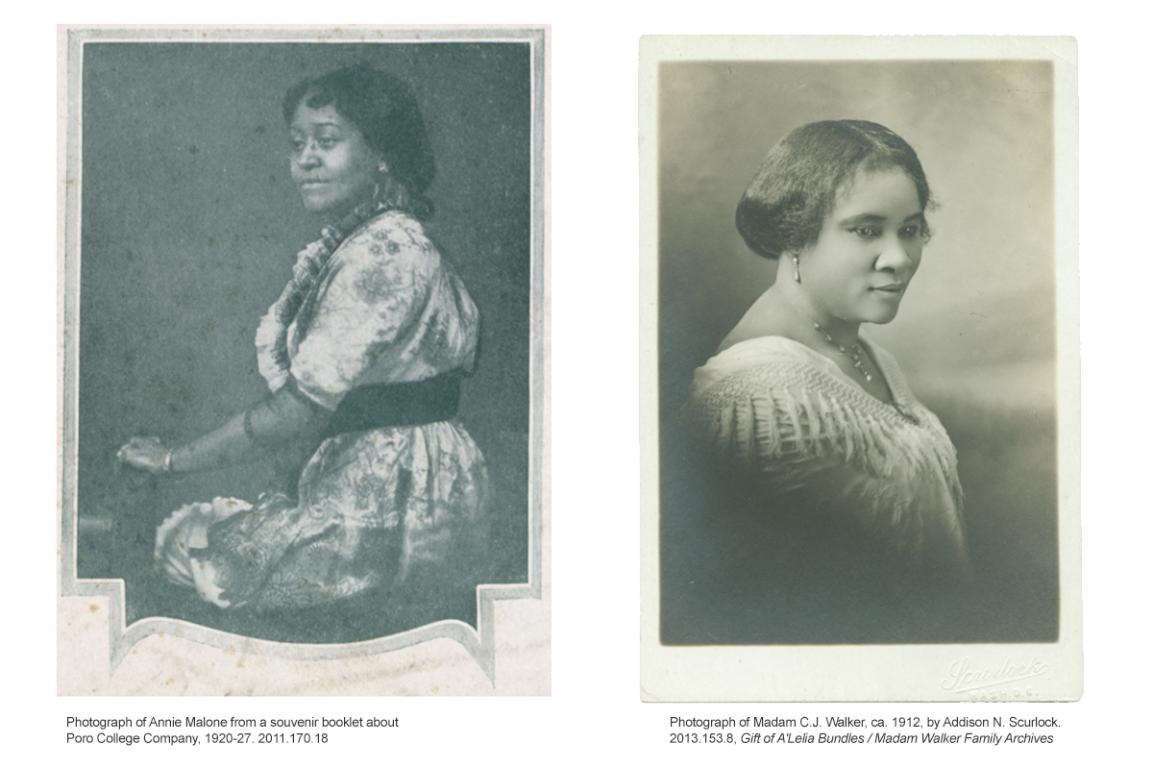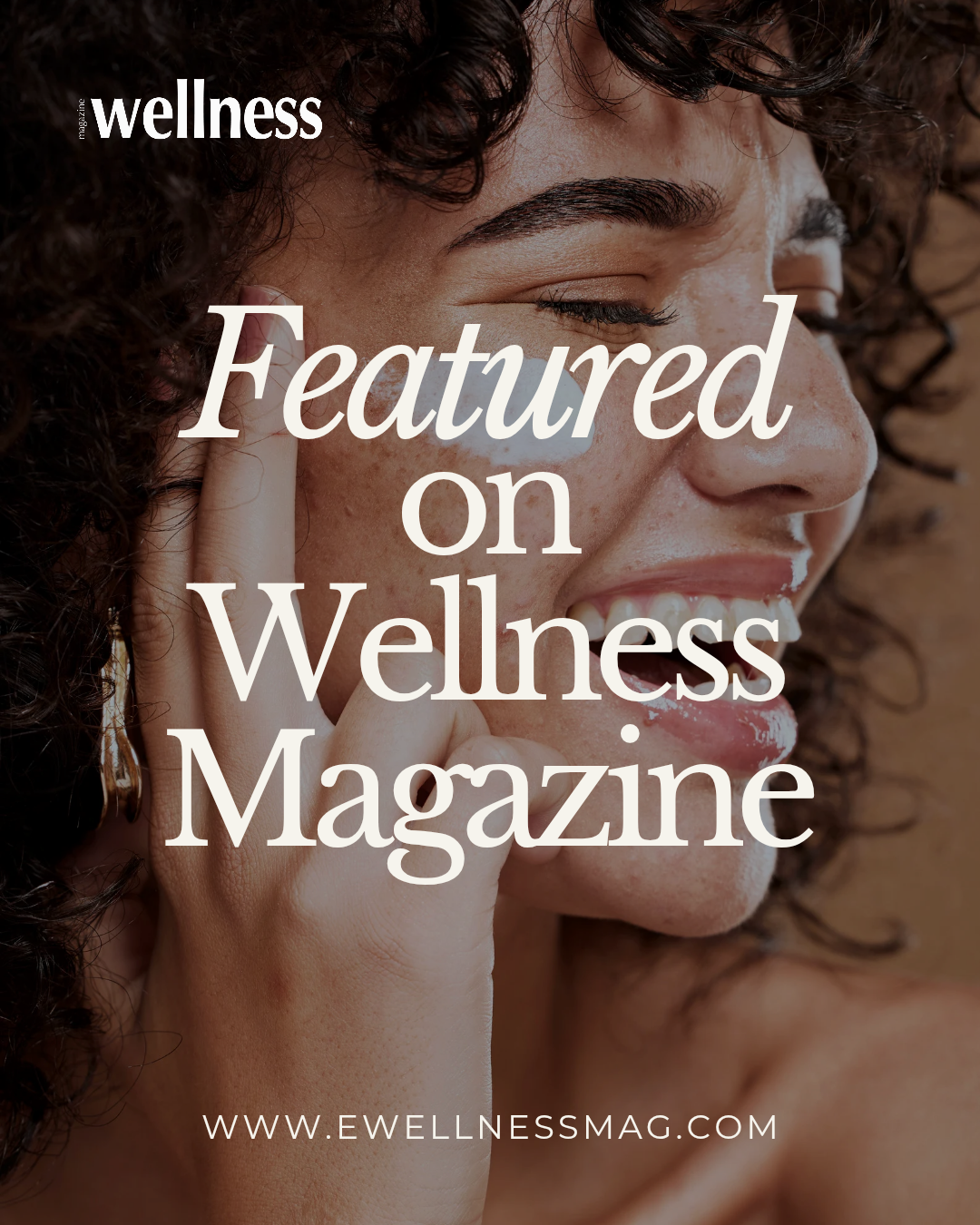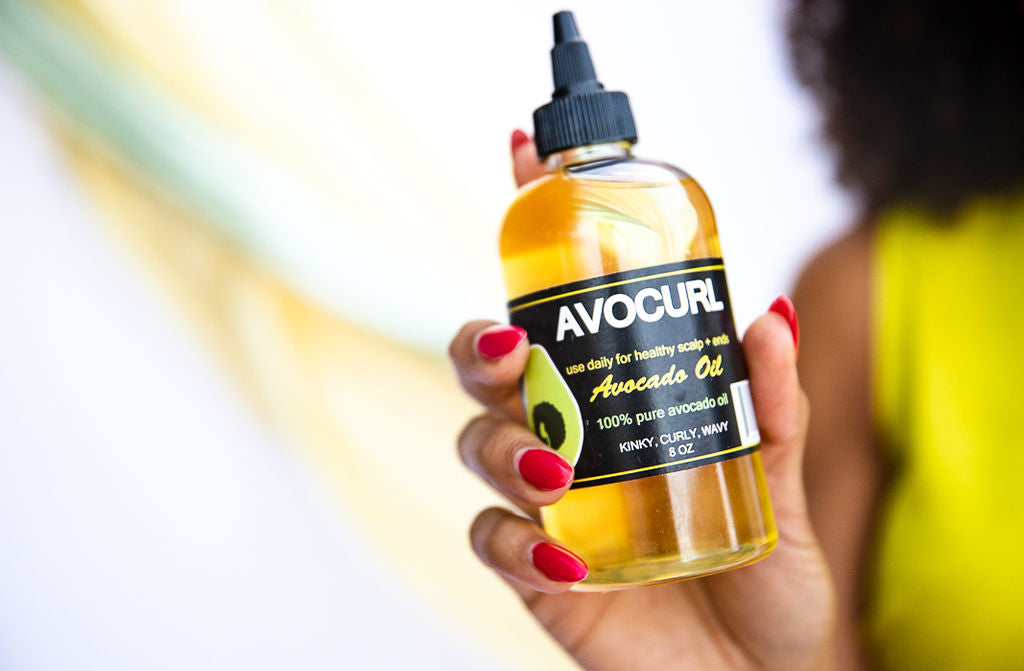5 Myths About Your Product Labels
·

·
This article is intended to empower you to make better decisions for yourself and your family, and equip you with the tools to understand your product labels.

MYTH 1: If there is a picture of a natural ingredient on the label, the main ingredient used to make the product is natural.
Technically, a product doesn’t have to have any of the ingredients that are highlighted on the label. Even though there might be a big pretty piece of fruit pictured on the front of the label, you don’t actually know if that product contains that ingredient until you read the ingredient list.
-
Ingredients are listed in the order of concentration on the ingredient list. For example, if the first ingredient listed is water, then the product is mostly made of water. You may not actually see that natural ingredients that’s pictured on the front of your packaging until midway through the list, indicating that there is very little of that ingredient in the product in the first place.
-
Companies do this to get your attention to buy that product. They wouldn’t get your attention if they put a picture of a bubbling chemical burning your scalp on the front, so they’ll show pictures of the things they know you’ll like instead and hope that you don’t actually investigate the ingredients listed.
MYTH 2: The brand is Black-owned if there is a Black person pictured on the label.
If you were anything like me, you believed this to be true because you assumed that if there was someone who looked like you on the label, then there were people behind the brand that not only looked like you, but also cared about helping your hair to thrive. After all, I wanted my hair to look like her hair. Sound familiar?
-
Ownership has nothing to do with whose face is on the packaging. And how your hair looks when it’s healthy is going to look very different from someone else’s hair with a different hair texture.
-
After a few weeks of using a product that claimed to “stretch my curls” (anti-shrinkage), I noticed my hair became very dry and brittle. It didn’t make sense to me, this product was supposed to make my hair look like the woman on the front! For the first time I actually turned the bottle to read the ingredient list and saw a long list of names that I could not pronounce, which made me even more suspicious.
-
I decided to look up the company and see who owned the brand. As an early 90s baby born pre-internet era and an adolescent who grew up with the rise of the internet, Google was a goldmine that I turned to for everything. To my surprise, the owner was an older white man who owned the company and the portal of suspicions now opened up like a floodgate. So this guy could own a hair care line that he doesn’t even use himself? Would he give these products to his family? He wasn't a hair stylist, what did he know about my thick curly hair?! Needless to say, I threw that product out and questioned what was being sold to me and why.
MYTH 3: If you buy a product that claims to make your hair grow faster, your hair will grow faster.
Although many brands make bold claims that their products can make your hair grow faster, nothing is going to actually make your hair grow faster from your scalp.
-
Hair doesn’t grow more in response to a product, although it can certainly grow less in response to a product (alopecia, irritations, deva curl, etc.). Let me explain.
-
Hair growth happens at the root of your hair, and has more to do with the condition of your scalp and your overall health than with what is in a bottle. A product can help provide nutrients for your hair and scalp, preventing breakage and allowing your hair to grow healthier and stronger than it did before. But the product itself is not making your hair “grow”.
-
There are several factors that can explain why your hair may not be growing, which may have less to do with your products than your overall health, including medication, change in hormones, harmful chemicals, pulling your hair too tightly, stress, dehydration, or malnutrition.
MYTH 4: A baby or a young child pictured on the label means it is a safe product to use on your child.
Marketing experts know that there is a strong emotional connection to why people make decisions to purchase a product or not and unfortunately, will take advantage of consumers by pulling at your heartstrings while hiding the truth about the products they are selling. Especially when it comes to using products on children, I can’t emphasize enough how important it is to read the back of your product labels and understand what chemicals you expose your child to in the form of a hair product.
- Do you remember seeing cute smiling children being used to advertise perm kits? We know a lot more now about the dangers of using perms because of the toxic chemicals that they are made of. However, this same strategy is employed on products that are used for natural hair including shampoos, moisturizers and detanglers specifically targeted at children.
MYTH 5: If the company claims a product is “natural” then all of the ingredients are natural.
Many people aren’t aware yet that certain words like natural don’t actually mean anything legally, and are used widely without any oversight of how natural, or toxic, that product actually is.
-
“Fragrance” is one of the most deceiving ingredients listed on your label because it can be any combination of over 1000 different chemicals that the company is allowed to call a “fragrance”. (link)
-
Thankfully, the Environmental Working Group created a database where consumers have the ability to search ratings of some of their favorite cosmetic products according to their toxicity levels (link). This is a great tool for being able to judge just how natural a product really is, despite how loudly it proclaims itself to be natural on the label. This is a very new tool and more products are being added regularly, but they even provide information on how specific ingredients in a product affect your health. Check it out!
If this article was helpful to you or you learned something about the products you are currently using, feel free to share it!




Comments